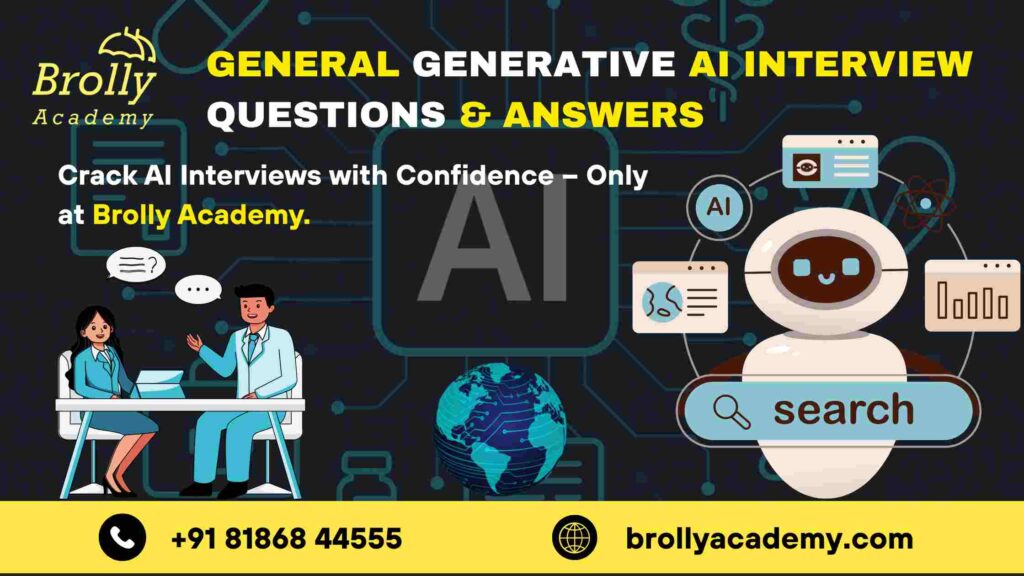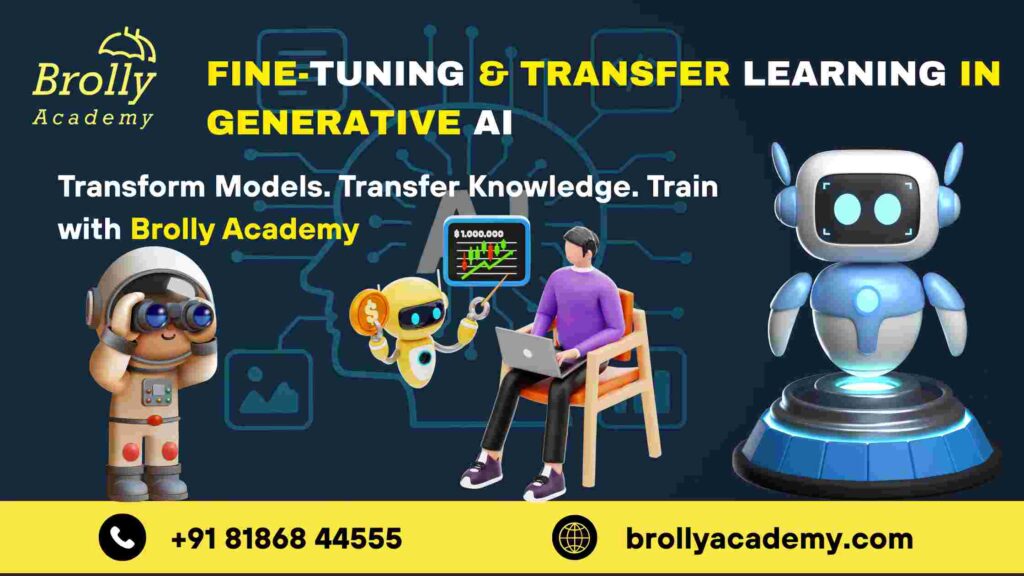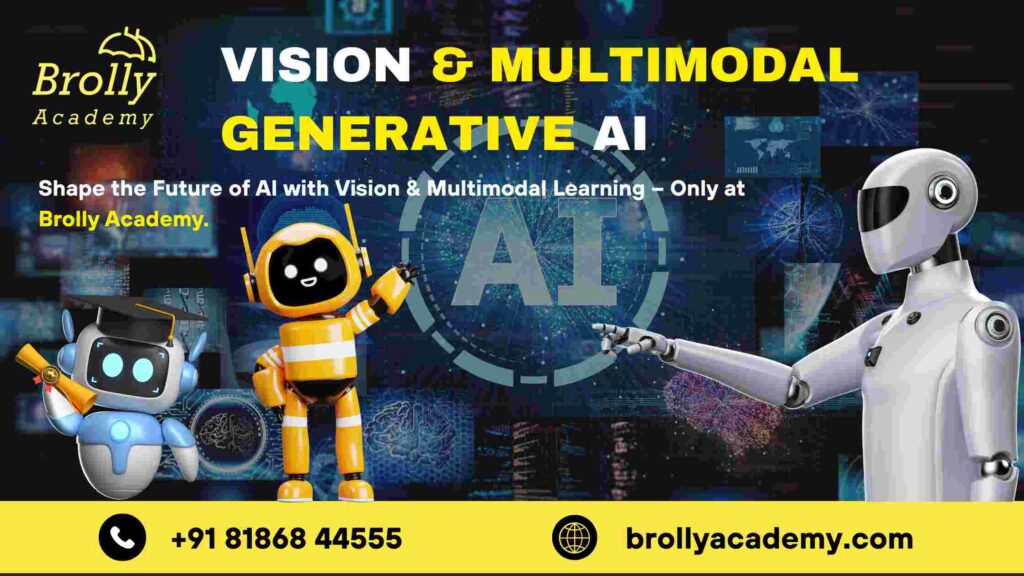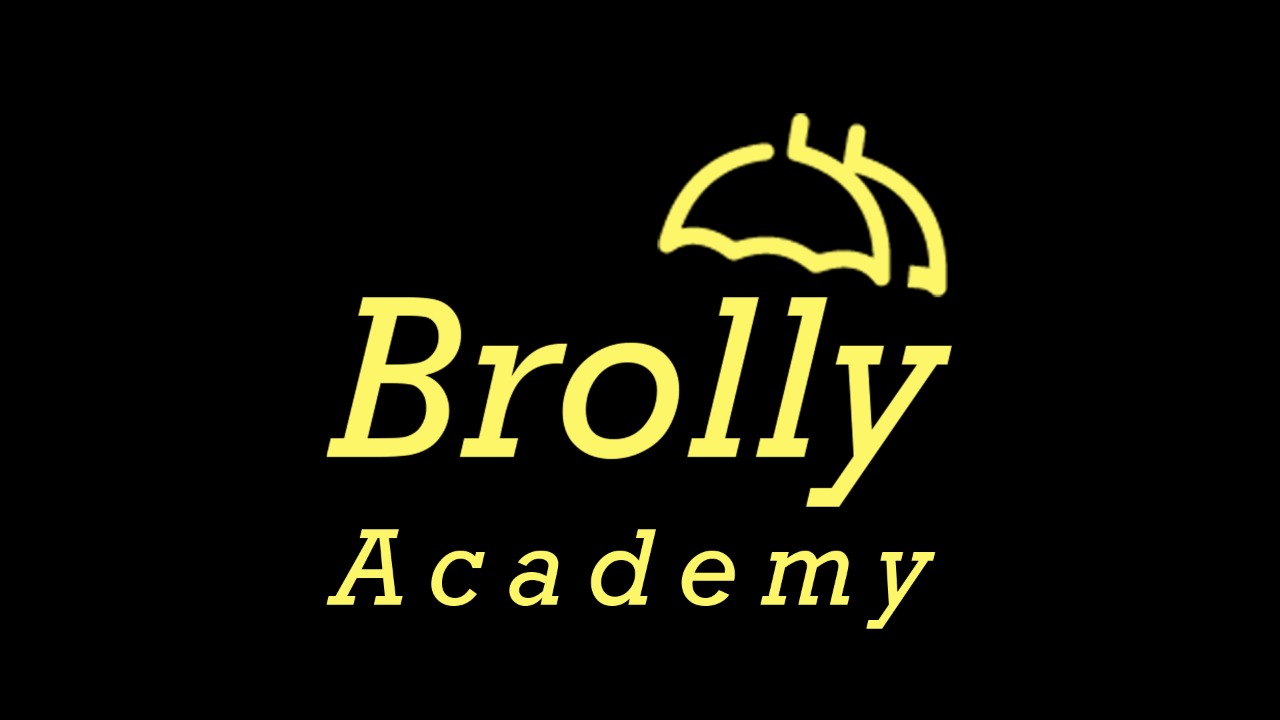Generative AI Interview Questions & Answers

Introduction to Generative Artificial Intelligence (GenAI) 2025
What is Generative AI?
- Generative Artificial Intelligence (GenAI) is a branch of AI that focuses on generating new and original content such as text, images, videos, audio, code, and 3D designs.
- It uses advanced machine learning models including transformers, diffusion models, GANs, and large language models (LLMs).
Why is Generative AI Important?
- GenAI is transforming industries—from healthcare and finance to entertainment, education, and software development.
- It powers widely used applications such as ChatGPT, DALL·E, Midjourney, GitHub Copilot, and OpenAI Sora.
- It automates creative and cognitive tasks like content generation, summarization, personalization, research assistance, and software development.
Who Needs to Learn Generative AI?
Generative AI is now an essential skill for professionals such as:
- AI Engineers
- Data Scientists
- Machine Learning Developers
- LLM Application Builders
- Prompt Engineers
- MLOps and LLMOps Specialists
- Product Managers and Tech Strategists working in AI
Why Interviewers Focus on Generative AI in 2025
- GenAI is at the center of modern AI products and innovations.
- Recruiters assess candidates on a range of GenAI topics, including:
- Prompt engineering techniques
- Fine-tuning and transfer learning
- Responsible AI and bias mitigation
- RAG (Retrieval-Augmented Generation)
- Evaluation metrics for generative models
- Transformer, diffusion, and agent-based architectures
- Prompt engineering techniques
What This Guide Offers
- A curated list of 150 interview questions and answers on Generative AI.
- Structured to reflect real-world interview patterns from beginner to expert levels.
- Useful for job seekers, internal team upskilling, academic preparation, and hands-on learning.
Who Should Use This Guide?
- Job seekers preparing for interviews in AI, machine learning, or data science roles.
- Engineering and product teams upskilling or evaluating candidates.
- Educators building AI and GenAI learning materials.
- Developers integrating GenAI models into their applications.
- Content creators and marketers looking to understand the mechanics behind AI tools.
Why Staying Ahead with GenAI Knowledge Matters
Mastery of Generative AI in 2025 will help you:
- Drive innovation in AI-based products and platforms.
- Customize and deploy LLMs responsibly and effectively.
- Remain competitive and future-ready in a rapidly evolving AI job market.
Generative AI Interview Questions
1. What is Generative AI?
Generative AI refers to models that learn from data and create new content like text, images, music, or code, mimicking real data distributions.
2. How is Generative AI different from traditional AI?
3. What is the difference between generative and discriminative models?
4. Name a few popular Generative AI tools.
5. What are the main types of Generative AI?
6. What is GPT?
7. How does Generative AI learn?
8. What is the role of unsupervised learning in Generative AI?
9. What are some common applications of Generative AI?
Content writing, chatbots, virtual assistants, AI art, music composition, and drug discovery.
10. What’s the difference between GPT-3.5 and GPT-4?
11. Is Generative AI only about text generation?
12. How do Large Language Models (LLMs) fit into Generative AI?
13. What is zero-shot generation in AI?
14. What is fine-tuning in the context of Generative AI?
15. Why is Generative AI considered transformative in 2025?
16. What are hallucinations in Generative AI?
17. Can Generative AI understand context?
18. What is the Turing Test and how does Generative AI relate?
19. Is Generative AI dangerous?
20. What are embeddings in Generative AI?
Transformers & Large Language Models
21. What is a Transformer model?
22. What is self-attention in Transformers?
23. What is the difference between BERT and GPT?
24. What is positional encoding in Transformers?
25. What is the architecture of GPT models?
26. How are tokens generated in GPT?
27. What is masked language modeling (MLM)?
28. What is causal language modeling (CLM)?
A training technique (used in GPT) where each word is predicted based on the preceding context only.
29. What is tokenization in LLMs?
30. What is the vocabulary size of a typical LLM?
31. What is temperature in language generation?
32. What are Top-k and Top-p sampling?
33. What is beam search in language generation?
34. What is attention masking in GPT models?
35. What are key, query, and value in attention mechanisms?
36. What are the limitations of Transformers?
37. What is a multi-head attention mechanism?
38. What is cross-attention in multimodal Transformers?
39. What is the context window in GPT models?
40. What is the difference between GPT-3.5 and GPT-4?
41. What is fine-tuning in Transformers?
42. What are adapter layers in LLM fine-tuning?
43. What is the role of layer normalization in Transformers?
44. How does the transformer decoder differ from encoder?
45. What are position-wise feedforward networks?
46. What is pretraining in LLMs?
47. What is instruction tuning?
48. What is multi-modal generative AI?
49. What is gradient checkpointing in large models?
A memory-saving technique that recomputes intermediate results during backpropagation instead of storing all activations.
50. What are the ethical risks of LLMs?
Bias, misinformation, toxic content, hallucinations, and over-reliance on synthetic data.
Prompt Engineering Interview Questions
51. What is prompt engineering?
52. What is zero-shot prompting?
53. What is few-shot prompting?
54. What is chain-of-thought prompting?
55. What is retrieval-augmented generation (RAG)?
56. What is a prompt template?
57. What is prompt injection?
58. How can prompt injection be mitigated?
59. What is a system prompt?
60. How do you evaluate prompt quality?
61. What is prompt tuning?
62. What is the difference between soft and hard prompts?
63. Can prompts be fine-tuned for tasks?
64. What is role-based prompting?
65. Why is prompt engineering crucial in Generative AI applications?
Diffusion Models & GANs Interview Questions
66. What is a diffusion model in Generative AI?
67. What is DDPM (Denoising Diffusion Probabilistic Model)?
68. How does Stable Diffusion work?
69. What is UNet architecture in diffusion models?
70. What is the forward and reverse process in diffusion models?
71. What is a Variational Autoencoder (VAE)?
72. What are GANs (Generative Adversarial Networks)?
73. What is the architecture of a GAN?
74. What is mode collapse in GANs?
75. How can GAN training be stabilized?
76. What are conditional GANs (cGANs)?
77. Compare GANs and diffusion models.
78. What is a latent diffusion model?
79. What are some real-world applications of diffusion models?
80. Why are diffusion models preferred over GANs in 2025?

Fine-Tuning & Transfer Learning in Generative AI
81. What is fine-tuning in Generative AI?
82. Why is fine-tuning important for LLMs?
83. What is transfer learning in AI?
84. What’s the difference between fine-tuning and prompt engineering?
85. What is LoRA (Low-Rank Adaptation)?
86. What is PEFT (Parameter-Efficient Fine-Tuning)?
87. What are adapter layers in Transformers?
88. What is instruction tuning?
89. What is domain adaptation in LLMs?
90. What is prefix tuning?
91. What is the risk of overfitting during fine-tuning?
92. What is catastrophic forgetting in transfer learning?
93. How can overfitting be prevented in fine-tuning?
94. What types of data are best for fine-tuning LLMs?
95. What are some tools/libraries used for fine-tuning LLMs?
RLHF & Model Alignment in Generative AI
96. What is RLHF (Reinforcement Learning with Human Feedback)?
97. What are the three main steps in RLHF?
- Supervised Fine-Tuning (SFT) using human-annotated responses
- Reward Model Training using human comparisons
- Policy Optimization using reinforcement learning (typically PPO)
98. What is PPO (Proximal Policy Optimization)?
99. Why is RLHF important for Generative AI models?
100. What is a reward model in RLHF?
101. What are the challenges of RLHF?
102. What is model alignment?
103. What is preference modeling in AI?
104. How is RLHF used in ChatGPT and GPT-4?
OpenAI uses RLHF to make ChatGPT more helpful, safe, and less likely to produce undesirable or biased responses.
105. What are alternatives to RLHF?
Evaluation Metrics & Model Performance in Generative AI
106. Why is evaluation important in Generative AI?
107. What are BLEU and ROUGE scores used for?
- BLEU (Bilingual Evaluation Understudy) measures precision in text generation by comparing n-grams to reference texts.
- ROUGE (Recall-Oriented Understudy for Gisting Evaluation) measures recall and overlap of words between generated and reference summaries.
108. What is METEOR?
METEOR (Metric for Evaluation of Translation with Explicit ORdering) evaluates generated text based on synonymy, stemming, and word order — offering better alignment with human judgment than BLEU.
109. What is perplexity in language models?
Perplexity measures how well a language model predicts a sample. Lower perplexity indicates better prediction (i.e., the model is less “surprised”).
110. What is FID (Fréchet Inception Distance)?
111. What is Inception Score (IS)?
112. What is CLIPScore?
113. How is hallucination measured in LLMs?
114. What are human evaluation methods in Generative AI?
115. What tools are used for evaluating generative outputs?
- Text: NLG Eval, SacreBLEU, ROUGE Toolkit
- Vision: FID, IS, CLIPScore
- Audio: PESQ, STOI
- Multimodal: LAVIS, GQA, VQAv2
MLOps & LLMOps in Generative AI
116. What is MLOps?
117. What is LLMOps?
118. How is deploying a generative model different from a standard ML model?
119. What is model serving in LLMOps?
120. What is LangChain used for?
121. What are common deployment platforms for LLMs?
122. What is prompt orchestration?
123. What is model monitoring in production?
124. What are vector databases and how are they used?
125. How can you optimize LLM cost in production?
- Use quantization (e.g., 8-bit)
- Serve smaller models for simple tasks
- Cache responses
- Use prompt compression or truncation
- Leverage open-source models
Vision & Multimodal Generative AI
126. What is multimodal Generative AI?
127. What are some popular multimodal models?
CLIP, Flamingo, GPT-4 (Multimodal), DALL·E 3, Gemini (Google), Kosmos-1, and LLaVA are widely used multimodal models.
128. What is CLIP and how is it used?
129. What is DALL·E and how does it work?
130. What is the architecture behind Stable Diffusion?
131. What is image captioning in Generative AI?
132. What are vision transformers (ViTs)?
133. What is cross-attention in multimodal models?
134. What are the challenges in training multimodal models?
135. What are some use cases for multimodal AI in 2025?
136. What are the main ethical concerns in Generative AI?
137. What is model hallucination?
138. How can bias arise in Generative AI models?
139. What is Responsible AI in the context of Generative AI?
140. How can hallucinations in LLMs be reduced?

